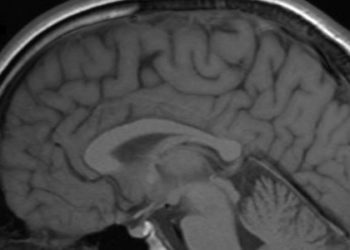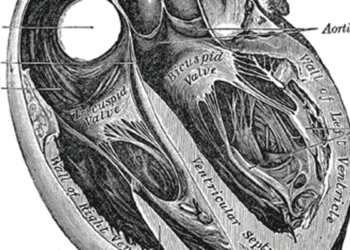Enteral glutamine does not reduce the time to discharge for severe burns
1. No significant difference was seen in severe burn patient time to discharge between a glutamine treatment group compared to a placebo control group.
2. The glutamine group had a slightly higher six-month mortality rate than the placebo group.
Evidence Rating Level: 1 (Excellent)
Study Rundown: Glutamine is implicated in key stress-response pathways. Further, these pathways are upregulated in serious illnesses and injuries such as severe burns. The present study compared the use of glutamine to a non-isonitrogenous placebo in patients with severe burn injuries. There was no significant difference in the time to discharge alive between the two groups. The results did not change when adjusted for burn site or other covariates. Although, the six-month mortality rate was slightly higher in the glutamine group compared to the placebo group. Tertiary outcomes such as in-hospital mortality, length-of-stay variables, and incidence of bacteremia due to gram-negative organisms were not significantly different between the two groups. At the six-month evaluation, no differences were seen in health-related quality-of-life scores, activities of daily living, or instrumental activities of daily living. The rate of serious adverse events was similar in the two groups. The results from this study do not support the use of glutamine in patients with severe burn injuries. The strength of this study was its large study population and methodological rigor which further increases study generalizability and validity.
Click to read the study in NEJM
Relevant Reading: A randomized trial of glutamine and antioxidants in critically ill patients
In-Depth [randomized controlled trial]: The RandomizEd Trial of ENtERal Glutamine to minimIZE Thermal Injury (RE-ENERGIZE) trial is an international, multicenter, randomized controlled trial comparing the effect of enteral glutamine to a placebo control in adults with severe burns. Adults aged 18 years of age and older with second or third-degree burns were enrolled in the study. The definition of a major burn was defined according to age groups: 20% or more of total body surface area (TBSA) for patients 18 to 39 years or 15% or more when concomitant inhalation injury was present; 15% or more of TBSA for patients 40 to 59 years; and 10% or more of TBSA for patients 60 years and older. Patients were randomized to receive either glutamine every four hours orally or by feeding tube for a total of 0.5 grams per kilogram of pre-burn body weight per day. The placebo group received isocaloric maltodextrin mixed with water, other liquids, or food. The median time to discharge was not significantly different between the glutamine (40 days) and placebo group (38 days) (95% Confidence Interval [CI], 0.80 to 1.04; p=0.17). The six-month mortality for the glutamine group was 17.2% and for the placebo group was 16.2% (95% CI, 0.80 to 1.41). There were no significant differences in tertiary outcomes. Urea levels were slightly elevated in the glutamine treatment group, but there was no substantial difference in the rate of acute kidney injury or use of renal-replacement therapy. No significant difference in severe adverse events was seen between groups. In summary, the present study suggests that enteral glutamine is not a suitable management strategy for severe burn patients.
Image: PD
©2022 2 Minute Medicine, Inc. All rights reserved. No works may be reproduced without expressed written consent from 2 Minute Medicine, Inc. Inquire about licensing here. No article should be construed as medical advice and is not intended as such by the authors or by 2 Minute Medicine, Inc.





![The ABCD2 score: Risk of stroke after Transient Ischemic Attack (TIA) [Classics Series]](https://www.2minutemedicine.com/wp-content/uploads/2013/05/web-cover-classics-with-logo-medicine-BW-small-jpg-75x75.jpg)

